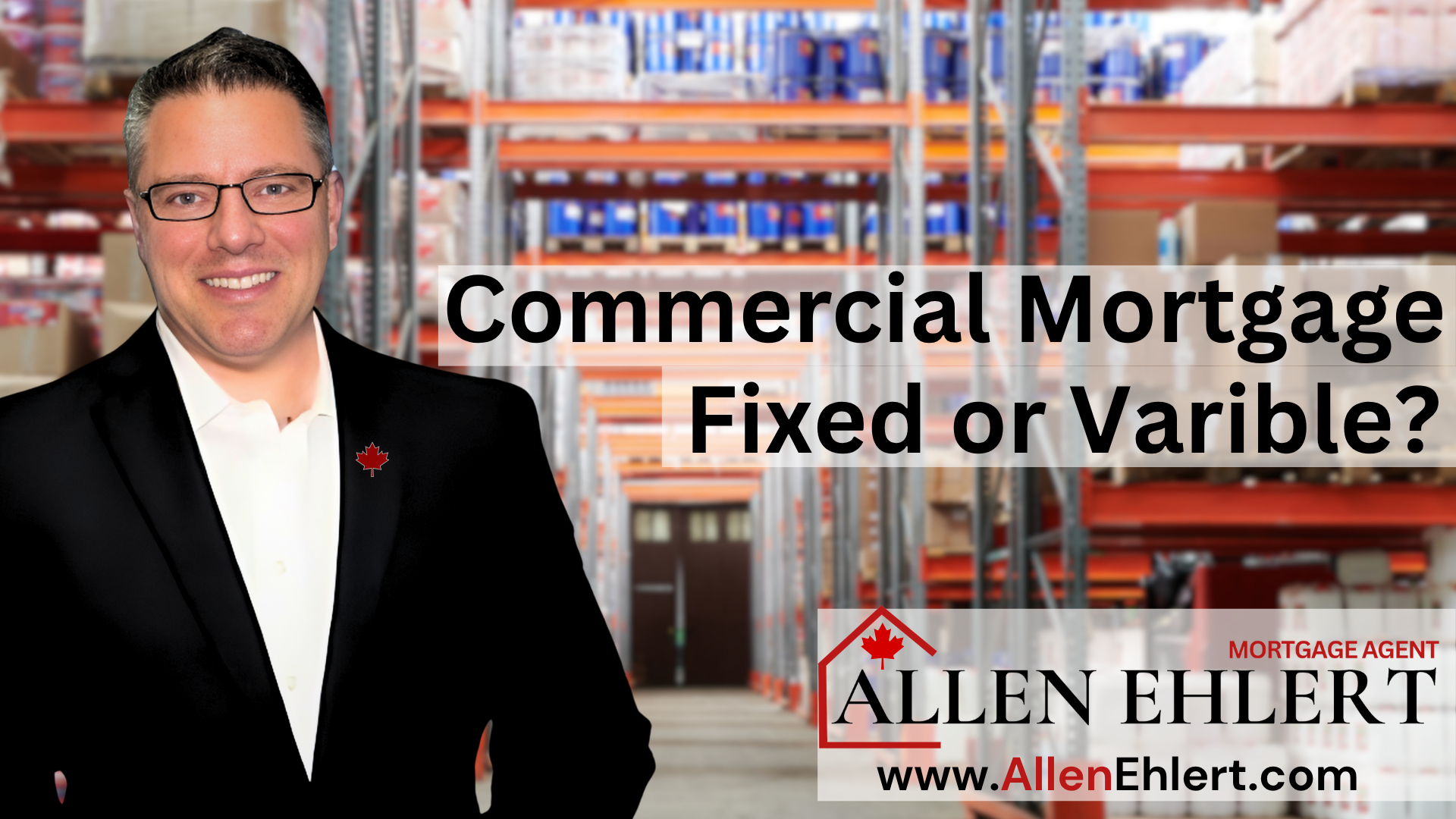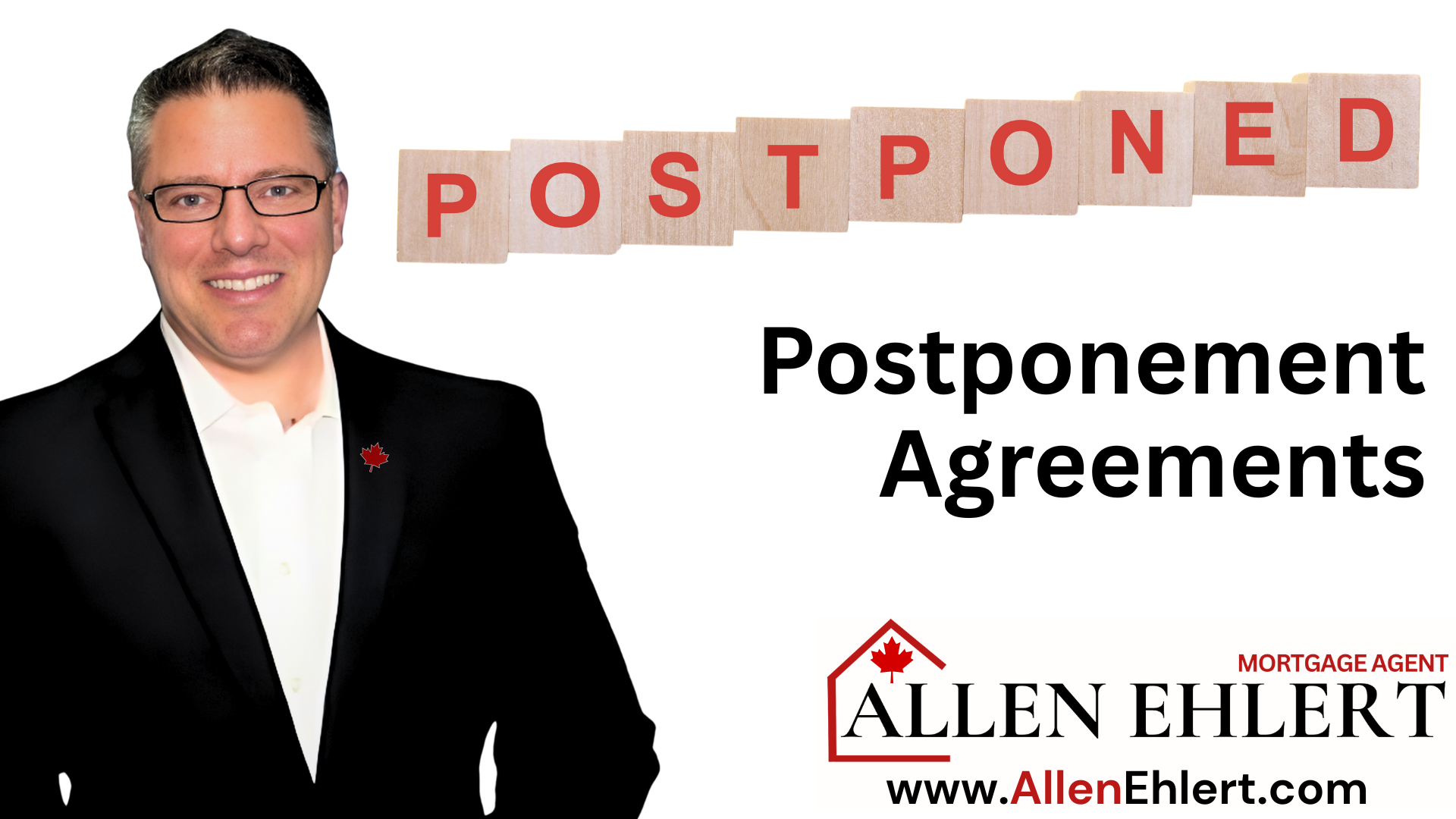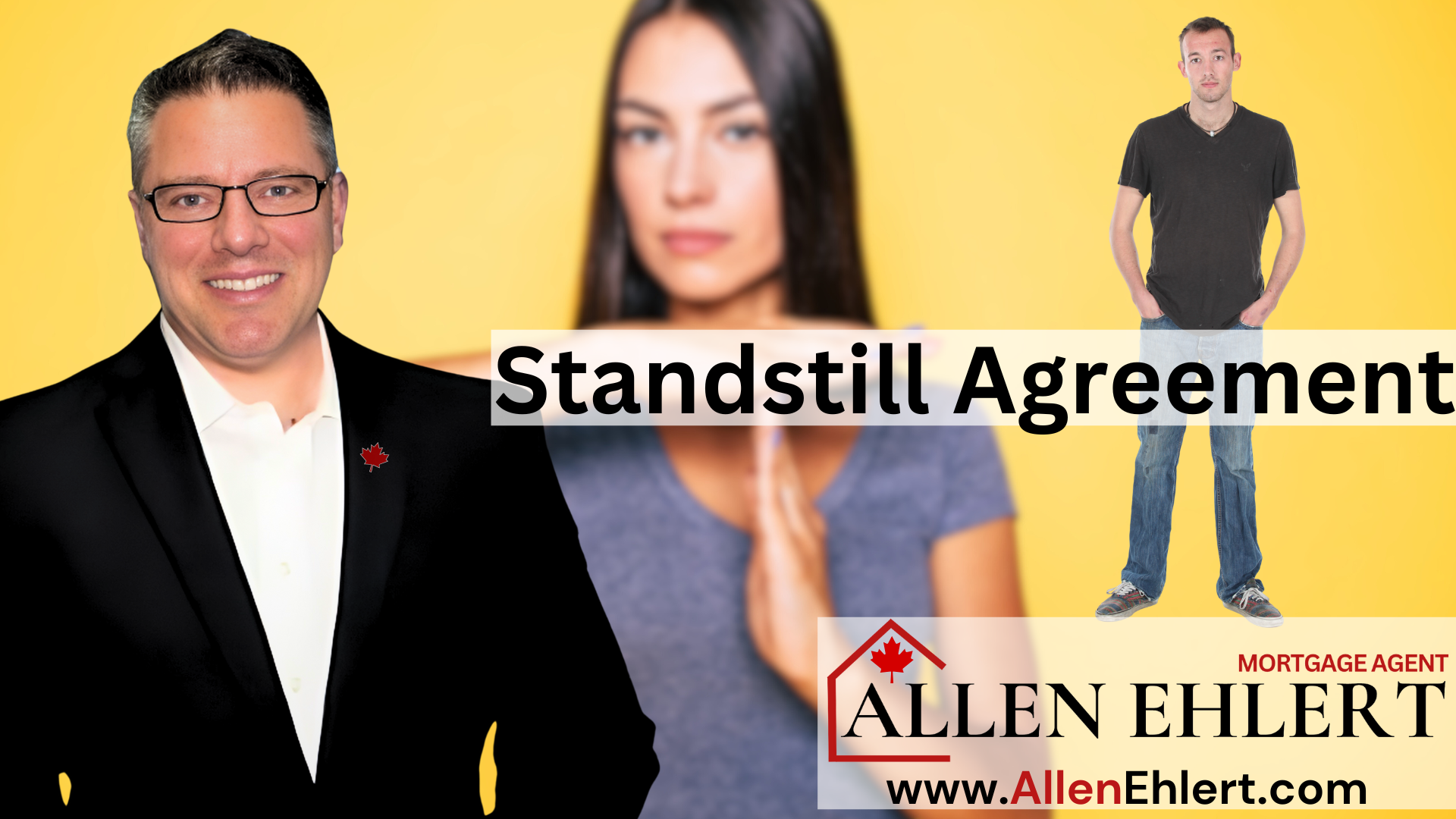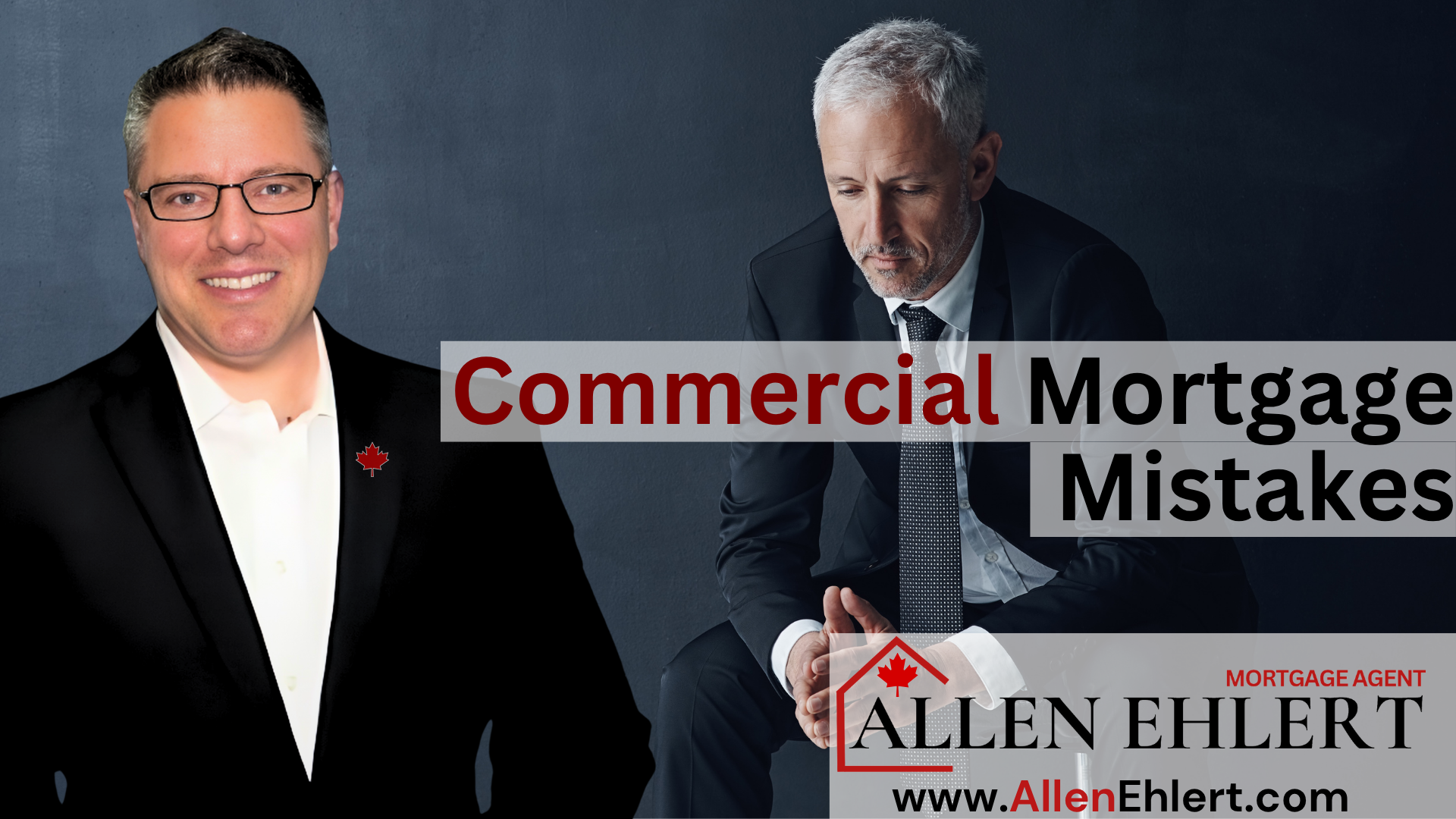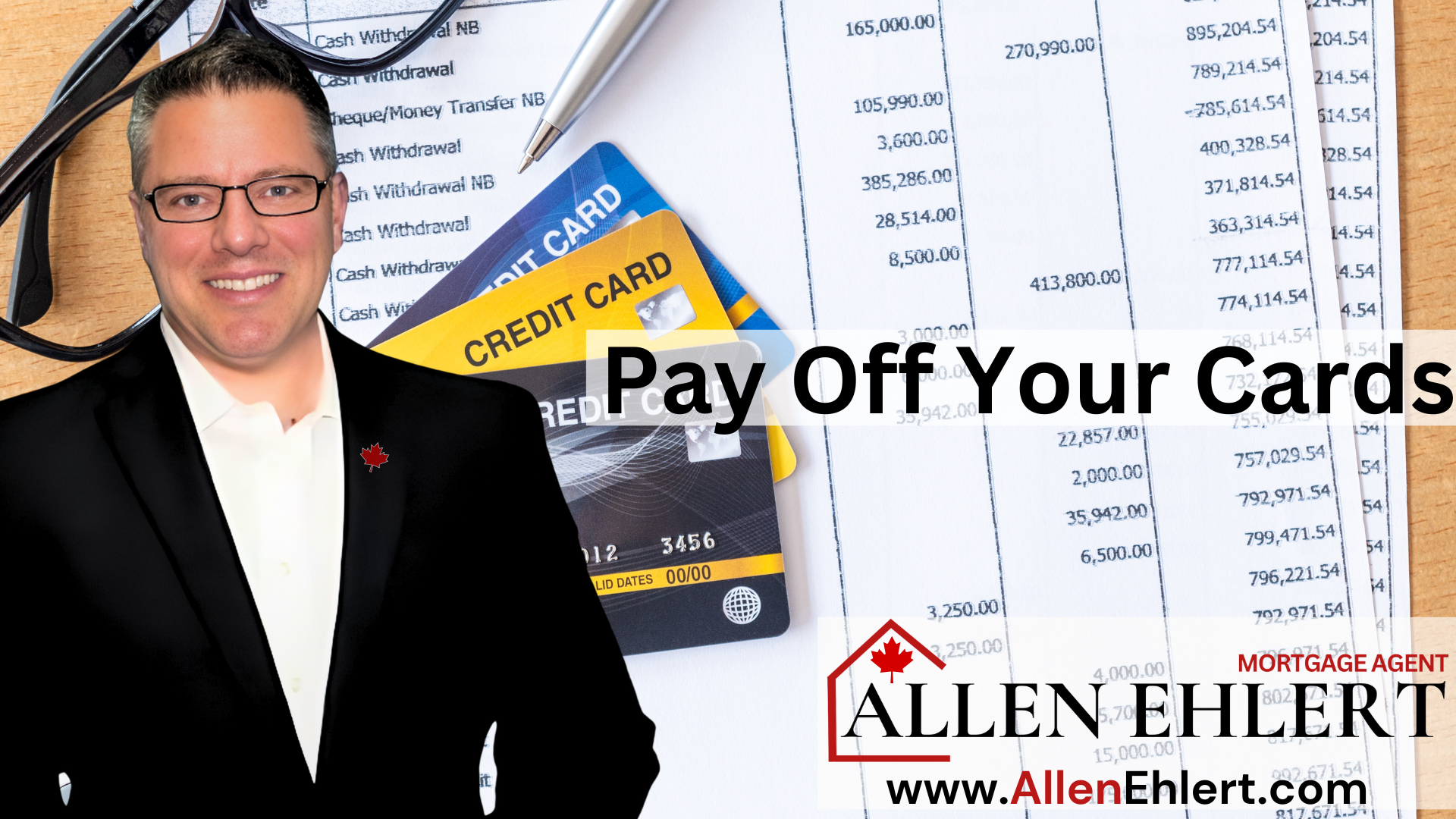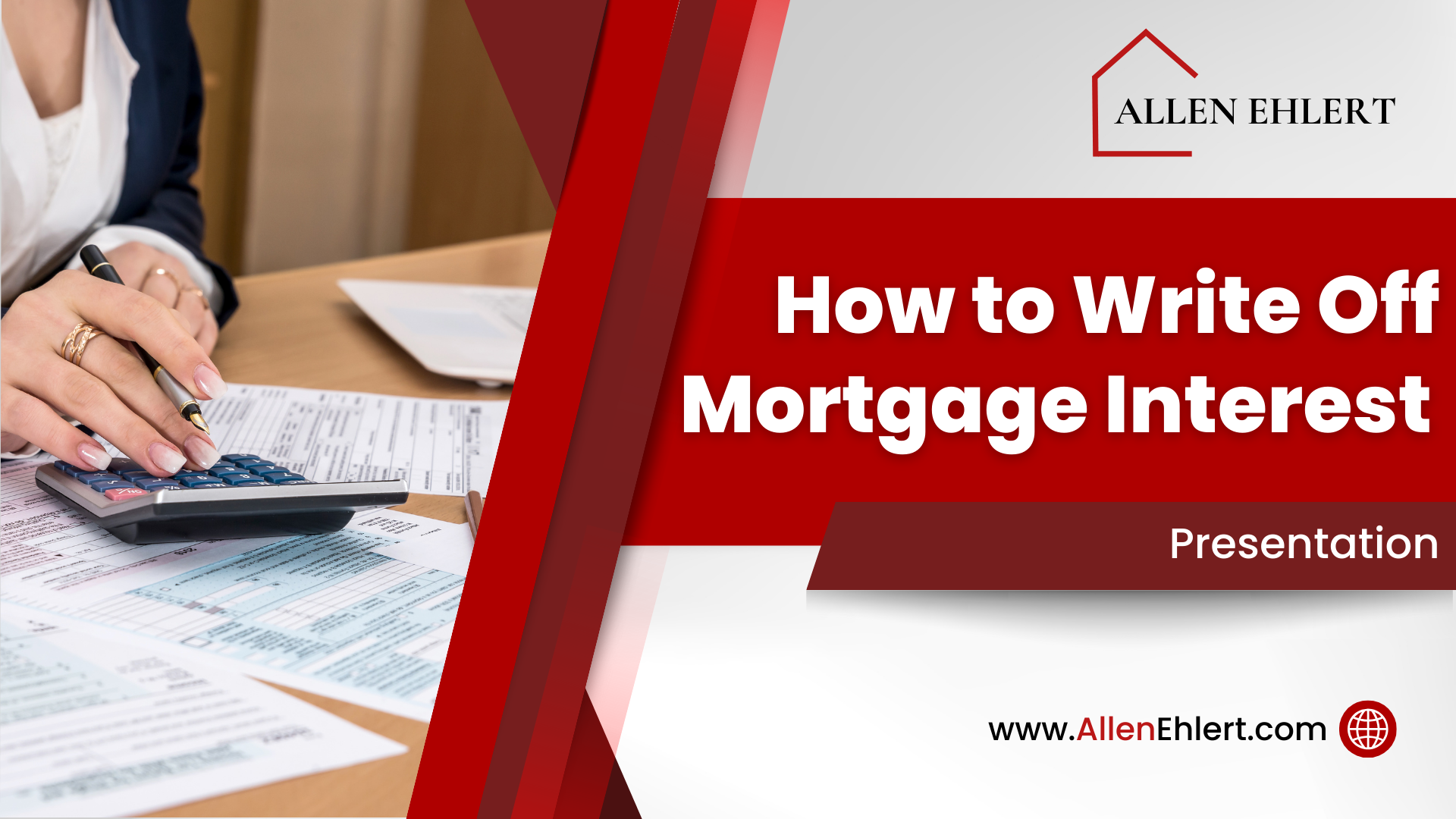… Discover the gotchas that make you re-think what you thought you knew
You’ve probably heard it before — “Just refinance your mortgage and pay off those credit cards.” It sounds simple, right? After all, why keep paying 20% interest on credit cards when your mortgage rate is 5%?
But here’s the catch: using your home equity to clear debt doesn’t always make sense. Sometimes, after factoring in mortgage penalties, fees, and timelines, what seems like the smart move can end up costing more than doing nothing at all.
As a mortgage agent, I’ve walked clients — and even a few realtors — through this scenario more times than I can count. It’s not about selling a refinance. It’s about doing the math, understanding timing, and protecting your long-term equity.
In this article, I’ll walk through:
The True Cost Behind a Refinance
When Debt Consolidation Works — and When It Doesn’t
Real Story: When Paying the Penalty Wasn’t Worth It
Practical Ways Realtors and Clients Can Use This Insight
The True Cost Behind a Refinance
Let’s start with the part most people overlook: the mortgage penalty.
If you’re in a five-year fixed mortgage and rates have dropped since you signed, the lender will likely hit you with what’s called an Interest Rate Differential (IRD) penalty. And that can be a monster.
For example, imagine you have a $500,000 mortgage you started a year ago at 5%. If today’s comparable rate is 3.5%, your penalty could be anywhere from $10,000 to $30,000, depending on who your lender is and how they calculate it.
Now, if you’re refinancing to pay off $25,000 or $50,000 in debt, that penalty alone could wipe out every bit of interest savings you hoped to gain. Throw in legal fees, appraisal costs, and discharge fees, and suddenly, that “smart move” starts looking like an expensive detour.
The point? You can’t just look at the rate. You’ve got to look at the total cost of the move and all those ‘hidden’ fees you didn’t know you’ll have to pay!
When Debt Consolidation Works — and When It Doesn’t
Refinancing can make sense when the penalty is modest or your term is nearly up. For example, if you’re already close to renewal or your lender charges a fair, transparent IRD (meaning you don’t have your mortgage with a chartered bank), consolidating $100,000 in high-interest debt might save you tens of thousands in interest over time.
But when penalties climb above $10,000, the math changes.
Let’s say you owe $75,000 in credit card debt and plan to pay it off over seven years. At 20% interest, you’re burning through roughly $80,000 in interest. If you refinance into a 5% mortgage, you could cut that cost to about $23,000 — a huge win.
However, if your penalty is $25,000, those savings vanish. You’d be better off using a home equity line of credit (HELOC) instead, where setup costs are lower and you don’t trigger a full refinance penalty.
It’s all about time horizon, penalty cost, and discipline. A HELOC gives flexibility, but it requires you to actually pay it down — not just make interest-only payments and hope for the best. And that’s the bigger ‘secret’ problem, the stone in your shoe as it were, because what put you in debt in the first place (those hidden costs of life you didn’t anticipate) often keep you down. What you really need is a structural change in your financial situation, and no consolidation is going to help you with that.
Real Story: When Paying the Penalty Wasn’t Worth It
A few months ago, I worked with a client who is a self-employed designer. She had about $60,000 in credit card debt from a tough couple of years in business. Her mortgage was $480,000 at 4.9%, with four years left.
Rachel’s first thought — and fair enough — was to refinance, roll everything into one neat, lower-rate payment, and start fresh.
But when I ran the numbers, her IRD penalty came in at $18,000. Between that and another $2,000 in legal and appraisal fees, she would have paid $20,000 just to break her mortgage.
So instead, we looked at a HELOC with her existing lender. The setup cost was under $1,000, and the rate was about 7.2%. We structured it as a fixed-paydown plan — seven years, $60,000 balance — with automated monthly payments. She’s now on track to be debt-free by 2031, with total costs around $34,000 instead of $50,000+.
Sometimes, the smartest move isn’t the cheapest interest rate — it’s avoiding a penalty that eats your savings alive.
Practical Ways Realtors and Clients Can Use This Insight
For realtors, this knowledge is gold when talking to clients who are “equity rich but cash poor.” Instead of assuming a refinance is the silver bullet, ask:
“Have you checked what your penalty would be to break your mortgage?”
That one question can save your client from a financial misstep — and make you look like a true professional. It also positions you as someone who cares about the whole financial picture, not just the transaction.
For clients, the takeaway is this: before tapping your home’s equity to pay off debt, talk to a mortgage professional. We’ll help you:
- Get an exact penalty quote from your lender.
- Compare refinance, HELOC, and private options.
- Run repayment scenarios based on your timeline and budget.
Think of it like visiting a doctor before surgery — you want to diagnose before operating.
Allen’s Final Thoughts
Using home equity to pay off high-interest debt can be a smart strategy — but it’s not a one-size-fits-all fix. If rates have fallen, your penalty might erase the savings. If your debt is small or short-term, the setup costs may outweigh the benefits.
The goal isn’t to chase the lowest rate — it’s to find the lowest total cost.
As a mortgage agent, my role isn’t to sell you a product — it’s to protect your financial health. I can calculate your true IRD penalty, show you when it’s worth refinancing, and when it’s smarter to hold off or use a HELOC.
So, before you sign anything, let’s talk. Together, we’ll run the numbers, look at your real goals, and find a strategy that doesn’t just feel good today — but still makes sense five years from now.
Because at the end of the day, your home isn’t just where you live. It’s the foundation of your wealth — and my job is to help you protect it.





